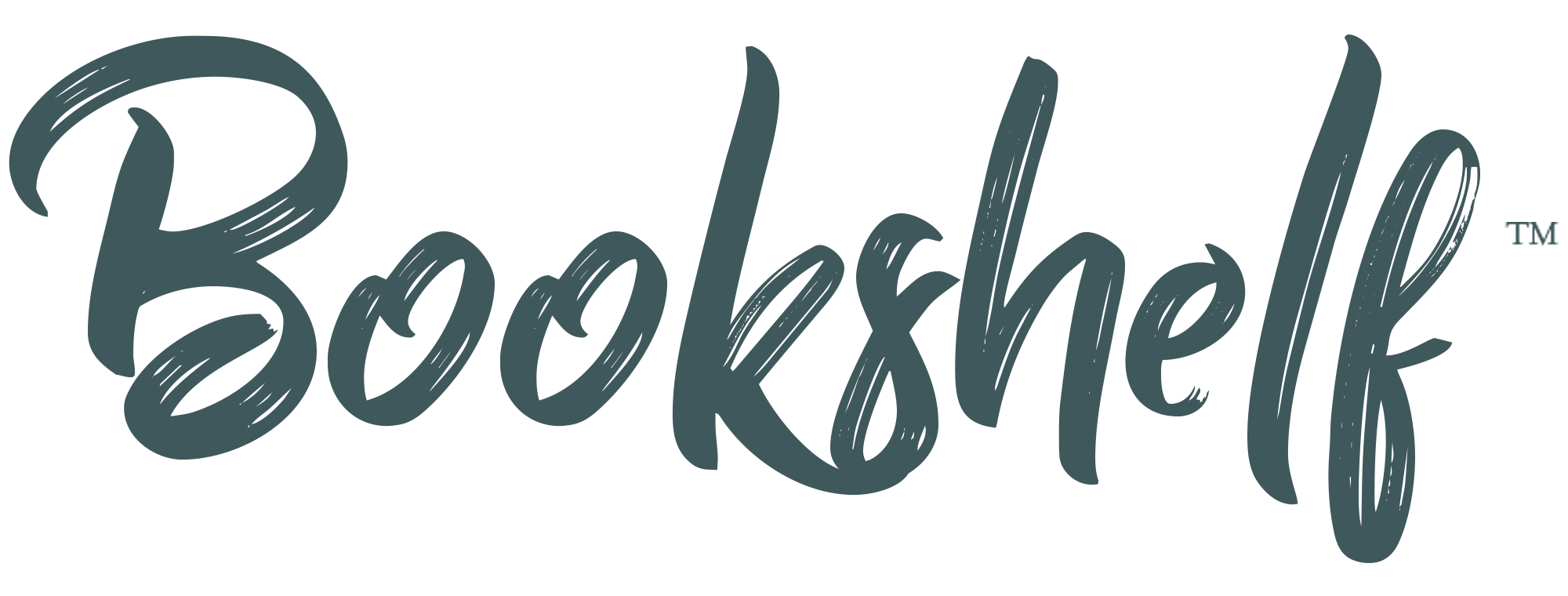Authored by: Larry P. Arnn
Reviewed by: Kevin Miller
Keyword: Higher Education, Liberty, Learning, Hillsdale College, Northwest Ordinance, U.S. Department of Education, Regulation
The Essence of the Book:
Dr. Larry Arnn, President of Hillsdale College, offers up a very unique book with three main dimensions sharing the stage: a partial “biography” of Hillsdale college; a selected synopsis of the history of the American education system, and a glimpse into the Federal and State governments’ involvement in both Hillsdale College and the overall system.
Dr. Arnn quotes American Founder and former U.S. President James Madison writing in 1822: “What spectacle can be more edifying or more seasonable, than that of Liberty and Learning, each leaning on the other for their mutual and surest support?”
Whitestone Commentary:
There are two colleges in America well-known for relentlessly trying—and largely succeeding thus far—at remaining appreciably free of the octopus-like tentacles of the U.S. Department of Education and related top-down governance of higher education: Hillsdale College in Michigan and Grove City College in Pennsylvania.
Two.
So, Dr. Arnn, leading Hillsdale College since 2000, is to be forgiven for writing a necessarily appreciative history of smallish-Hillsdale in the context of the last 170 years. Hillsdale has earned it, the hard way.
Arnn selected four specific years as chapter themes to anchor his story in this long essay.
“1787” was the year that the Northwest Ordinance of 1787, which set out a vision and framework for American education, was passed by the Confederation Congress even as the Framers were meeting in Philadelphia to forge a new Constitution for the United States. Arnn’s conclusion: the country’s Founders did not seek Federal control or management of education.
“1844” was the year Hillsdale College was founded in Michigan. Arnn picks up themes from this date through the rest of the century, as the idea of a more centralized educational approach practiced in northern Europe’s Prussia gained traction in America—where “government is to stand in the place of parents in regard to the education of children”—a philosophy and approach repugnant to Hillsdale and Arnn.
“1957” represents the era when the Federal Government instituted Washington’s regulation of colleges—for example when those colleges or their students are engaged with the government, like student loans. As the years go by, the Federal Government significantly expands its regulations (e.g., Title IX). Hillsdale—already long-practicing its policy of equal opportunity regardless of race (standing against slavery from its founding pre-Civil War) or sex (standing in sharp contrast to 19th century predominately males-only colleges)—fights to retain its independence from centralized government control.
“2004”—the final chapter and the year the book was written—Arnn catches up the reader to the time of his administration and its trials and troubles with both state and Federal government activities.
Arnn only partially relates the twists and turns of the outworking of Hillsdale’s consistent philosophy and independence—but the stories he does tell are very illuminating.
Why consider this book? Because already-powerful federal involvement in education processes is increasing all the time. And that’s most comprehensively being done by the administrative state, the educational bureaucracy.
Have you heard of “Dear Colleague” letters? Well, whether you have heard of them before or not, take a look at one. In this stunning way, university administrators—including those at private, Christian colleges—become an enforcement extension of intricate government processes and policies as “colleagues.” No beating around the bush: federal government is driving more deep regulation of individual and communal behaviors at every university (except the two, perhaps), regulation often conceived and then originated by essentially unaccountable government workers in Washington.
This tidy book is easily and quite profitably read in a long evening. It’s an engaging, interwoven story. Importantly, it gives one experienced leader’s particular thumbnail sketch of “the evolution of American education,” as the book is subtitled.
Every person who is engaged in K-12 or higher education as parents, administrators, consumers, teachers, professors, taxpayers, or citizens take note. The future of that evolution is here.
Not particularly focused on the education sector in your world?
Well, the same type of administrative power is aggressively encroaching in every business sector. Read this book to understand the landscape and thus better prepare for your comprehensive stewardship of your business, nonprofit, or church.
Related Resources: See Whitestone Reviews The Administrative Threat
Reviewed by Kevin Miller

